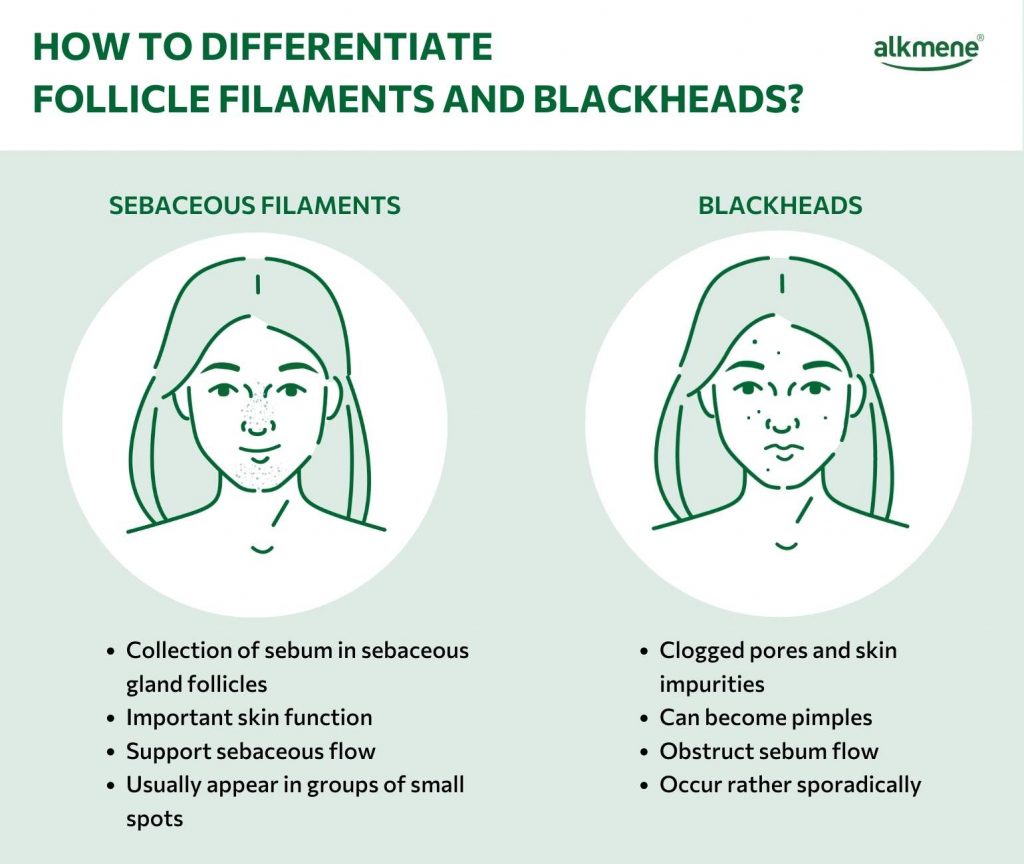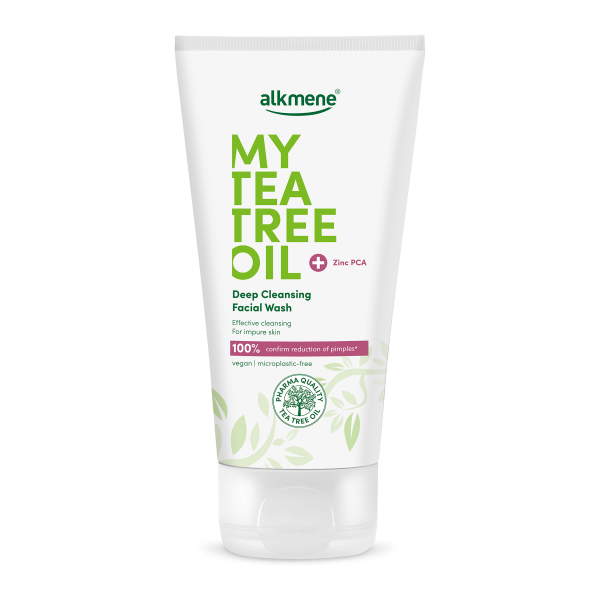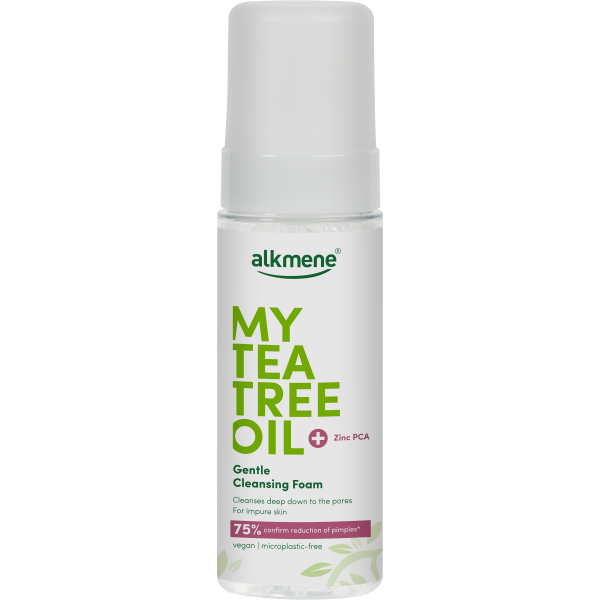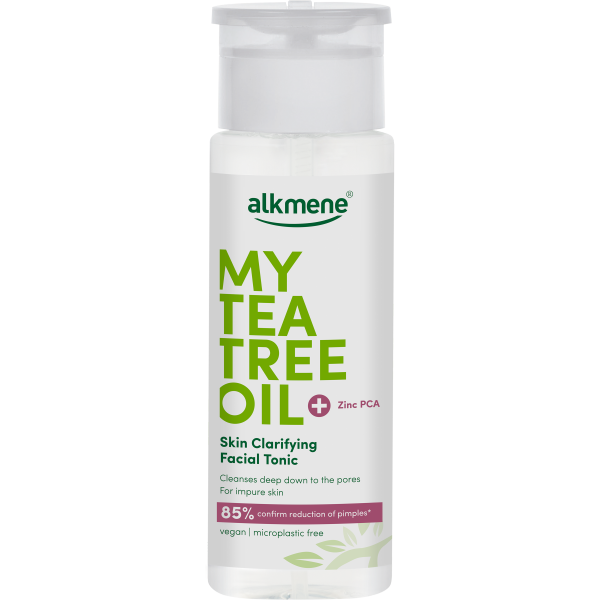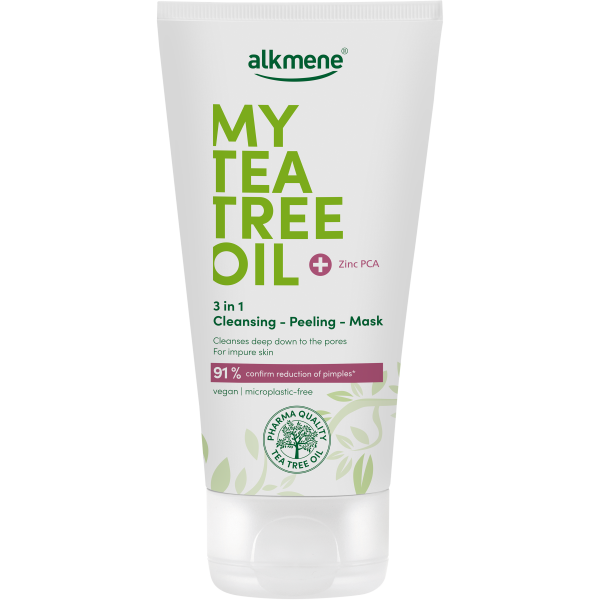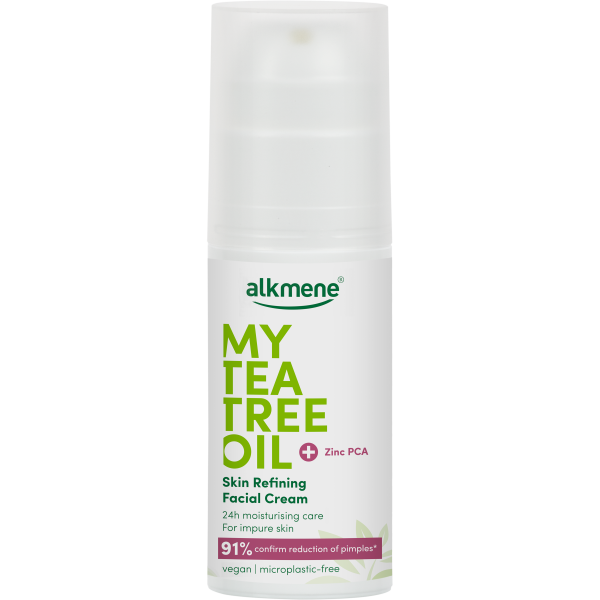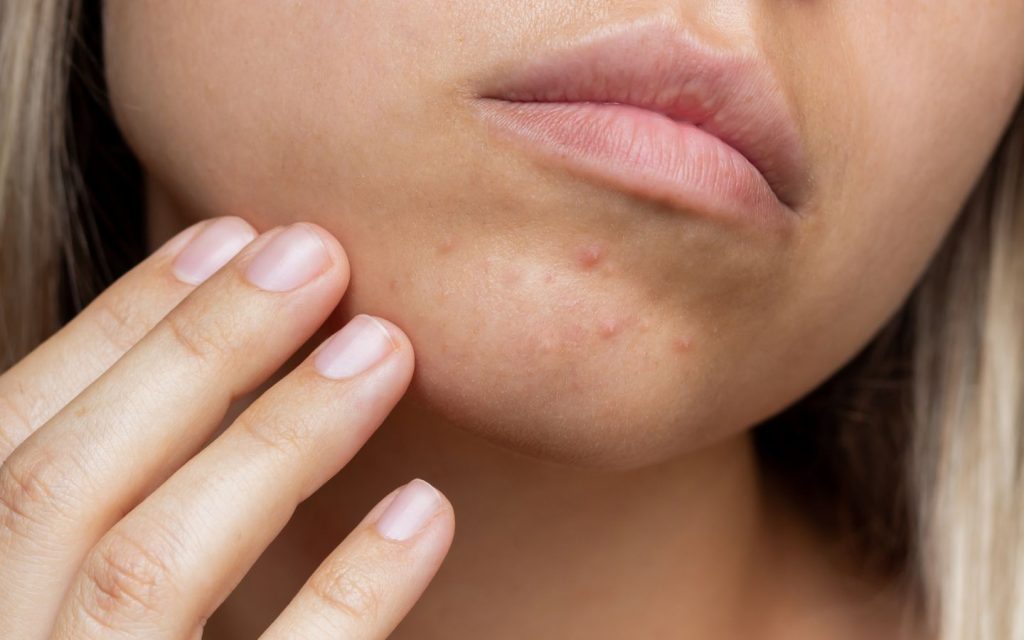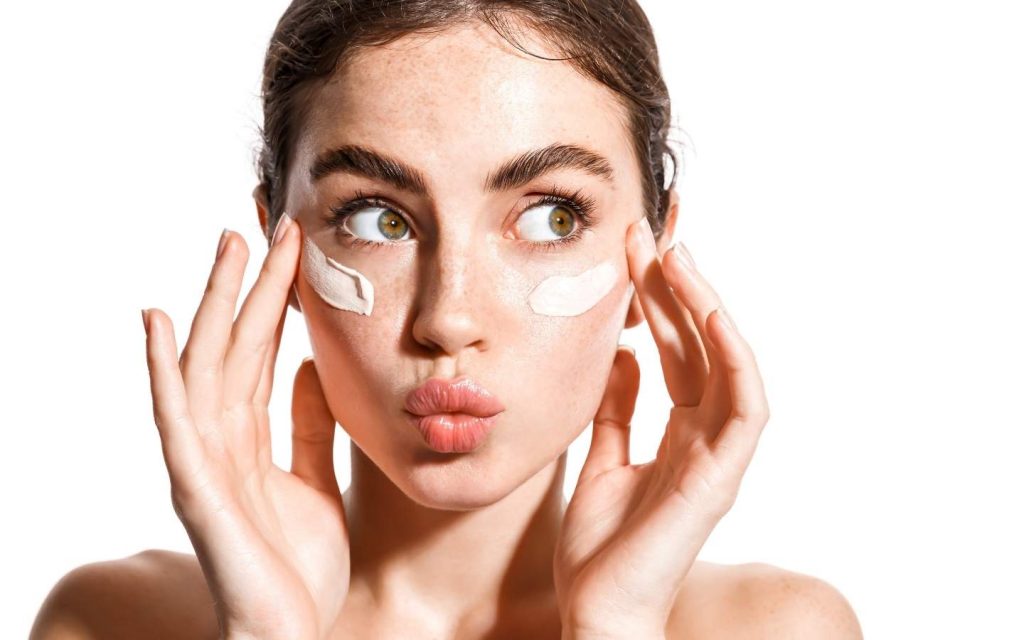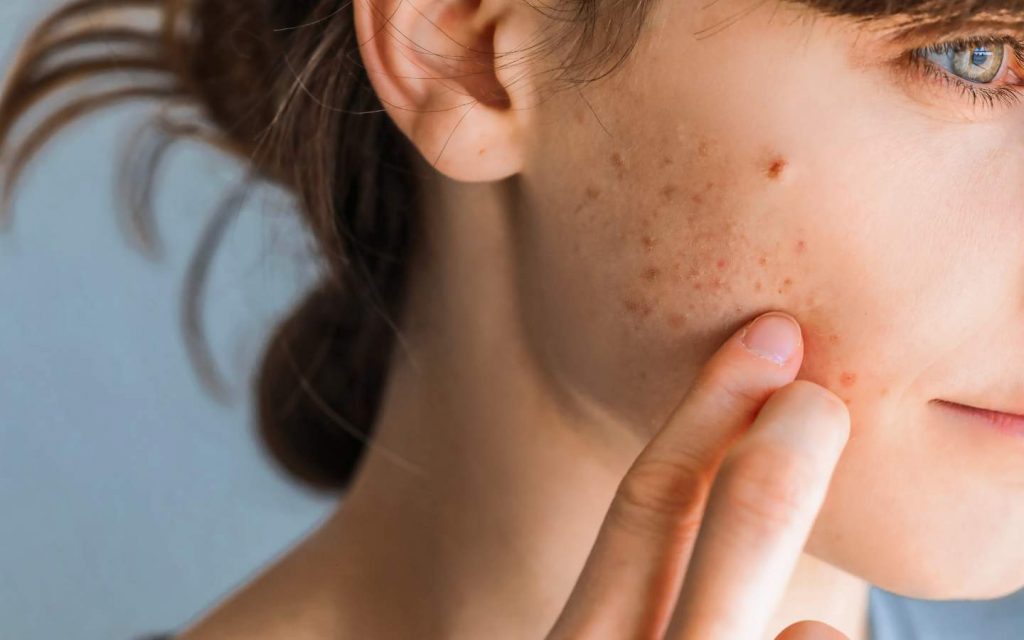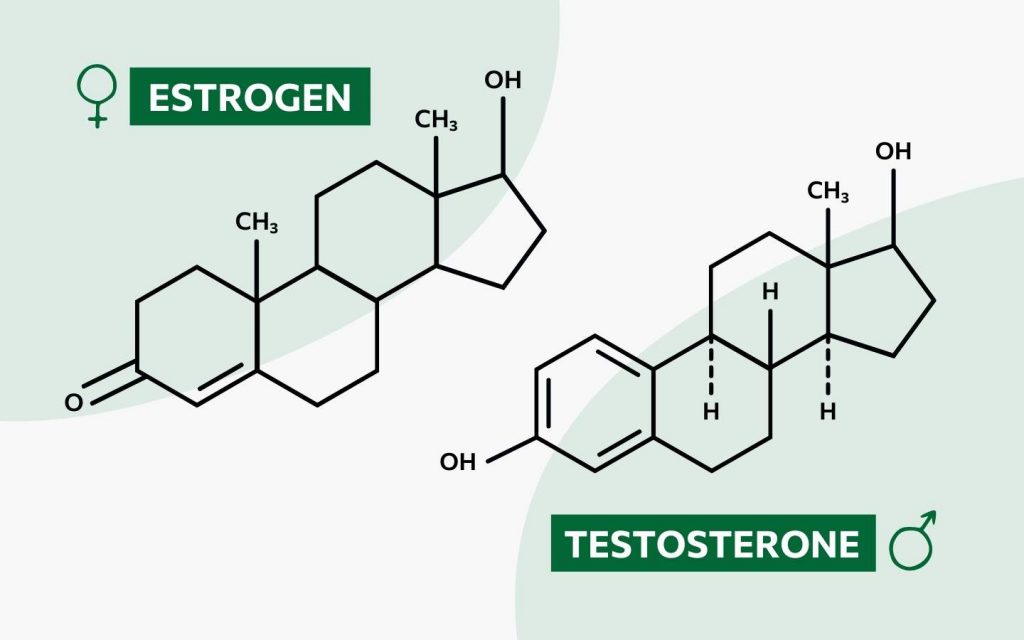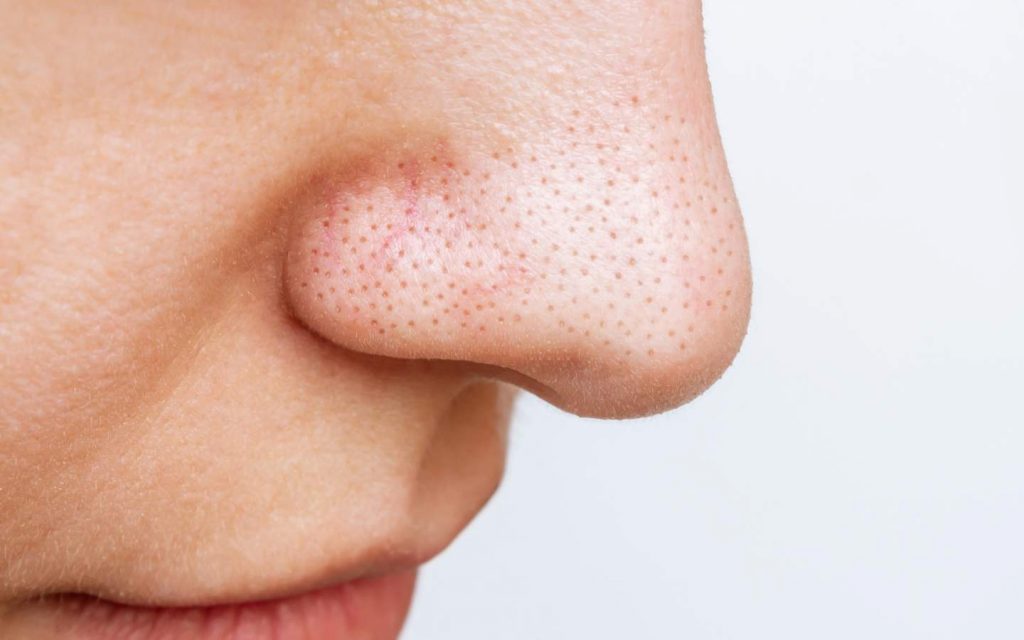
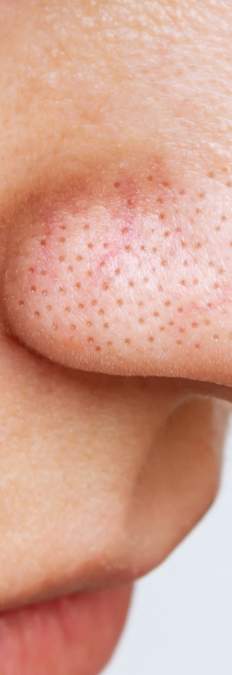

This article has been reviewed by:
Alexandra Beck
Kosmetikerin
Who doesn’t know them – small dark spots on the nose or chin. Most of the time they are hardly visible to others, but you notice them yourself from time to time. The first impulse is often to try to make these spots disappear by squeezing them. However, this is not really effective – because these spots are usually not blackheads, but sebaceous filaments. What exactly sebaceous filaments are, how you can recognize them and how you can treat them best, you will learn in this article.
Follicles, sebaceous glands and sebaceous filaments
Already from the name sebaceous filaments you can see that this must be something that takes place in the sebaceous glands of the skin. So, in order to understand what a sebaceous filament is, you must first know what a follicle is and how it is roughly constructed.
What are follicles and sebaceous glands?
When we talk about follicles, we are initially always referring to hollow structures. Three types of follicles are found in human skin: terminal hair follicles, vellus hair follicles and sebaceous gland follicles. However, when it comes to follicle filaments, of these three types of follicles, only the sebaceous gland follicles are of interest. These sebaceous follicles are composed of different components. An opening towards the skin surface, which is visible to us as a pore, and a funnel-shaped duct into the interior of the skin. Follicle filaments can be found within these sebaceous gland follicles.
What are sebaceous filaments?
A sebaceous filament is a white to yellowish mass that fills a sebaceous gland. The surface of the filaments is smooth and can be whitish to dark brown or black visible in the pores. When light pressure is applied to these small recognizable spots, the filamentous sebaceous filaments rise from the sebaceous gland follicle and skin.
Sebaceous filaments are composed of bacteria and fats such as sebum at their core, surrounded by a collection of horny cells. It is important to note that this is not a disease or inflammation of the skin, but rather a useful protective function. Sebaceous filaments help the sebum flow out of the skin and thus ensure that our skin does not dry out.

Sebaceous filament appearance
Every person has sebaceous glands and therefore every person has follicular filaments. However, the extent to which these are pronounced varies from person to person.
When do sebaceous filaments appear?
There are no individual differences in the composition of the sebaceous filaments, but there are significant differences in the amount of sebum produced. Especially in people who tend to have oily and coarse-pored skin, visible sebaceous filaments appear more frequently.

INFO: The expression of sebaceous gland size and activity is also influenced by genetic factors.
Where do sebaceous filaments appear?
Sebaceous filaments can only occur in body regions where sebaceous glands are also present. These are the areas of the face, upper arms, upper back and chest. How pronounced the sebaceous filaments are in each area varies from person to person. In most people, sebaceous filaments are visible on the nose and chin. They often appear as groups of small dots on the nose or chin.
What is the difference between sebaceous filaments and blackheads?
Sebaceous filaments are often mistaken for blackheads – the first reaction is usually: Squeezing. However, this does not have the desired effect and the sebaceous filaments do not disappear. Blackheads and sebaceous filaments have significant differences, which should be known and observed during treatment.
While sebaceous filaments are simply collections of sebum in the sebaceous follicles that help to moisturize the skin, blackheads are clogged pores and skin impurities that can cause inflammation. While blackheads can arise from follicles that contain a sebaceous filament, this is rarely the case. This is because sebaceous filaments mainly occur around the nose and chin, where blackheads are rarely found.

TIP: You can tell if it is a blackhead or a sebaceous filament by two things: If the dark spots appear in groups on the nose or chin, they are most likely follicular filaments. If single black spots appear, which can also be found in other areas of the face, these can be signs of blackheads.
